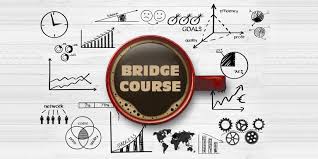
Some bridges are best left unbuilt. One such unviable link is the bridge course proposed by the national medical commission bill, 2017, which would allow practitioners of traditional medicine to prescribe allopathic drugs. Some homoeopaths and other traditional healers may have come out in support of the provision but the Indian Homoeopathic Medical Association has spoken against such a merger. Although medical pluralism – a philosophy that aims to assimilate diverse systems of healing – is not necessarily a bad thing, a crash course is a woefully inadequate means of enhancing the interface between traditional and modern medicine. The guiding principles of these branches are vastly disparate. Allowing one doctor to prescribe medicines from both disciplines would, in effect, constitute a new treatment that should undergo a clinical trial before patients are subjected to it. As it is, around 45 per cent of the people who practise medicine in India do not have any formal training in either format. A bridge course cannot fill the vacuum left by the lack of doctors or their unwillingness to serve in rural areas. The primary argument behind instituting a bridge course – addressing the shortage of doctors in rural areas – is thus flawed. Who is to say that a traditional practitioner armed with a bridge course will not prefer the comforts of the city where there is more money to be made? Besides making it mandatory for all medical students to serve a term in villages, there is also a case for upgrading the infrastructure in rural hospitals and health centres. The abysmal condition of rural healthcare facilities is usually the reason doctors avoid them.
There is no denying India’s skewed doctor-patient ratio. However, mixing alternative and modern medicine is not the answer, at least not without more exhaustive training than what will be provided in a bridge course. Improving the access to technology among traditional healers may be a way of getting the best out of both worlds. Further, incentivizing MBBS graduates to receive additional training in areas like gynaecology, paediatrics, general surgery and orthopaedics can boost primary healthcare. Creating a parallel category of doctors like the physician assistants in the United States of America or reviving the Licentiate in Medical Practice that existed in India could also lighten the burden of doctors.
Source:





